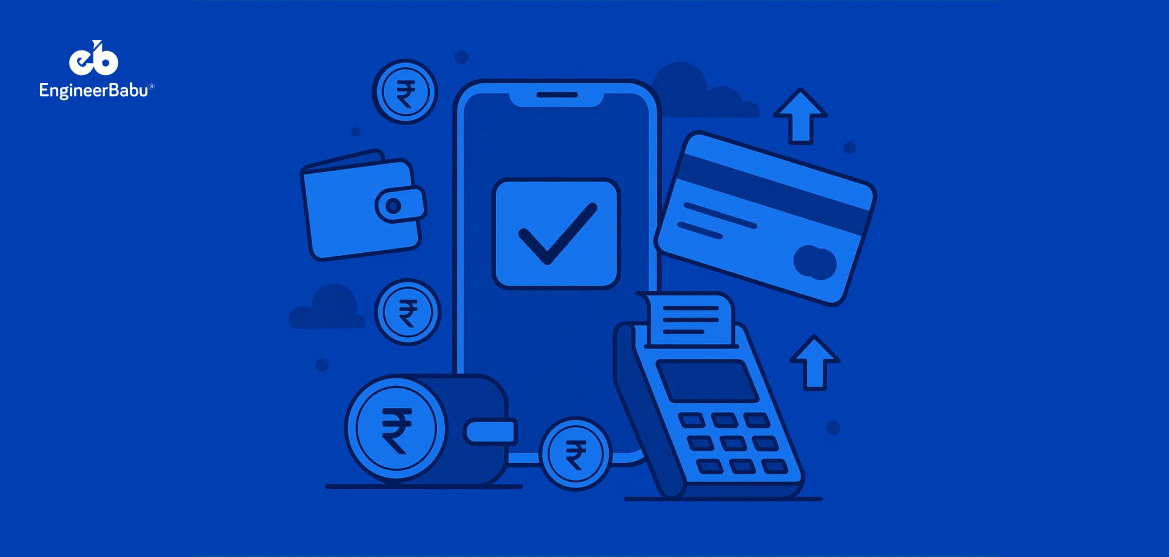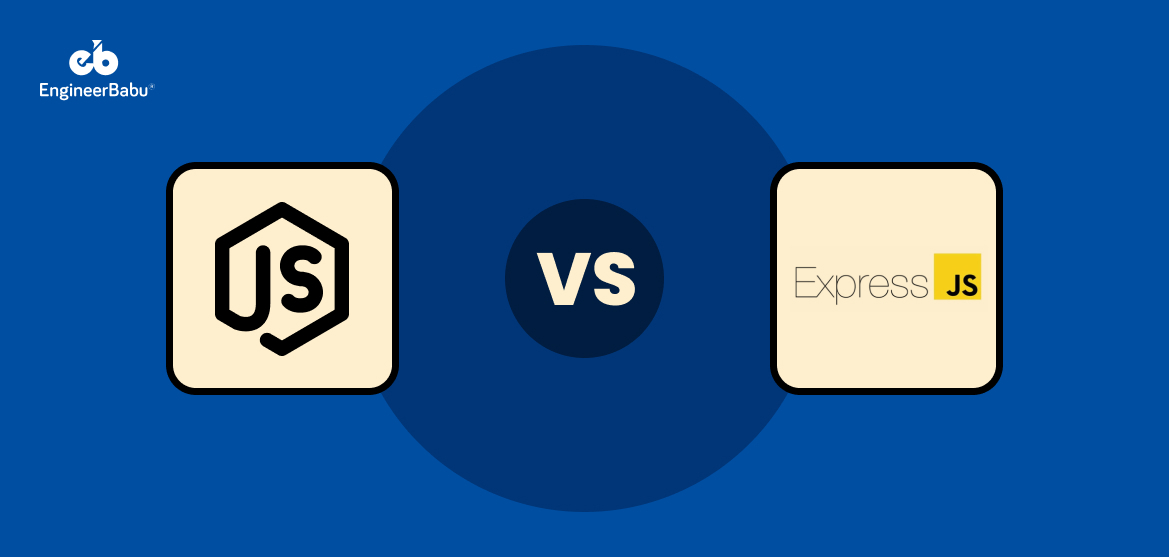Last year, nearly 65% of borrowers under 35 applied for credit through a mobile app. That’s a staggering shift from traditional banking, and it reveals something crucial: loan apps aren’t judged by glossy design or catchy ads. They’re judged by how fast, secure, and effortless the experience feels. And at the heart of that experience? APIs.
Think of APIs as the pipes that keep your loan app running. They verify who’s applying, fetch credit scores in seconds, move money securely, and even flag fraud before it happens. Get them right, and you’ve got a product people trust with their most sensitive financial decisions. Miss a few, and you’ll lose borrowers before they ever hit “Apply.”
In this blog, we’ll look at the essential APIs every loan app needs to compete in a market where speed and trust are non-negotiable.
9 Essential APIs for Loan Apps
1. Identity Verification APIs (KYC & AML)
When someone applies for a loan, the first question isn’t how much they need. It’s who they are. Identity verification APIs handle this step with speed and accuracy, making them non-negotiable for any loan app.
These APIs plug directly into national ID databases, government records, or global verification networks to confirm that the applicant is a real person. They can scan a driver’s licence or passport, cross-check it against official sources, and even use biometric tools like facial recognition or liveness detection to ensure the user isn’t submitting stolen documents.
Beyond confirming identity, many providers also cover AML (Anti-Money Laundering) checks. This means they automatically screen applicants against sanction lists, watchlists, and politically exposed person (PEP) databases.
Well-known options include Onfido, Jumio, and Trulioo, each offering ready-made SDKs that reduce integration work. By embedding one of these APIs, you’re not only protecting against fraud but also keeping regulators satisfied, which is critical in lending.
2. Credit Bureau & Scoring APIs
Once an applicant’s identity is confirmed, the next step is assessing their ability to repay. That’s where credit bureau and scoring APIs step in. These APIs pull detailed reports from agencies like Experian, Equifax, TransUnion, or CIBIL (in India) and convert raw data into actionable insights for your loan app.
Instead of waiting days for a manual check, these APIs deliver credit scores, repayment histories, and outstanding debts in real time. Some go a step further, offering risk models that flag patterns such as frequent missed payments or unusually high credit utilisation.
Why does this matter? Because speed is everything. A borrower who has to wait hours—or worse, days—for approval is likely to abandon the process. A well-integrated credit API allows your app to provide near-instant decisions while keeping risk in check.
For fintechs targeting underserved markets, newer providers also blend bureau data with alternative credit signals like utility bills, mobile usage, or salary deposits. This widens the approval net without increasing defaults.
In short, credit bureau APIs are the difference between guesswork and data-backed lending decisions.
3. Banking & Financial Data APIs
Even with a solid credit score, lenders need a clear picture of a borrower’s current finances. Banking and financial data APIs make this possible by securely connecting to the applicant’s bank accounts and pulling live data.
APIs like Plaid, Yodlee, and Salt Edge can show income deposits, recurring expenses, account balances, and cash flow trends. This information helps lenders answer two key questions: Does this person have stable income? and Can they handle another repayment cycle without defaulting?
A practical example: instead of asking users to upload three months of bank statements, the app can fetch the same data in seconds, directly from the bank. This not only speeds up underwriting but also reduces the risk of forged or altered documents.
For loan apps focused on underserved markets, these APIs can provide alternative signals such as utility bill payments or digital wallet usage, offering a fuller picture where credit history alone may fall short.
4. Payment Gateway & Disbursement APIs
After approval, the borrower expects one thing above all: fast access to funds. Payment gateway and disbursement APIs make that possible by moving money securely from lender to borrower and back again during repayments.
Well-known providers like Stripe, Razorpay, PayPal, and PayU handle the entire transaction flow. On the disbursement side, they push loan amounts directly into verified bank accounts or digital wallets. On the repayment side, they support multiple methods—ACH transfers, UPI, debit cards, credit cards, or even recurring auto-debits for EMIs.
The biggest advantage of integrating a strong payment API is reliability. Failed transactions or delays don’t just frustrate users, they damage trust in the entire lending process. With a robust gateway, repayments can be scheduled, retried automatically if they fail, and reconciled in real time with your loan management system.
In regulated markets, these APIs also simplify compliance by providing audit trails and encryption standards that meet PCI DSS and local banking rules. That means less time worrying about compliance, more time focusing on scale.
5. e-Signature APIs
Loan agreements only mean something when they are signed, and in a digital-first world that signature has to be fast, secure, and legally binding. e-Signature APIs make this seamless by allowing borrowers to review and sign contracts directly inside the loan app.
Providers like DocuSign, Adobe Sign, and HelloSign offer ready-to-use integrations that comply with laws such as eIDAS in Europe and ESIGN in the US. These APIs do more than capture a digital scribble. They record timestamps, IP addresses, and encrypted audit trails to ensure the signature holds up in court if challenged.
For loan apps, this eliminates the friction of printing, scanning, or in-person signing. A borrower can accept terms within minutes of approval, and funds can be disbursed immediately after.
The added benefit is automated storage. Signed agreements are securely archived and retrievable at any point, protecting both lender and borrower. In short, e-Signature APIs speed up disbursement while maintaining full legal and regulatory strength.
6. Fraud Detection APIs
Every loan app faces the same risk: fraudulent applications. Fraud detection APIs help stop them before they slip through. These tools run in the background, analysing data points that often go unnoticed during manual reviews.
Providers like Socure, Feedzai, and Sift specialise in spotting red flags such as multiple accounts from the same device, mismatched identity details, or unusual transaction patterns. Many of them use machine learning models trained on millions of data sets, which means they can detect suspicious behaviour far earlier than a traditional risk check.
For lenders, this reduces losses and protects genuine borrowers by keeping bad actors out of the system. For borrowers, it creates a safer app environment where their personal and financial details are less exposed to fraud attempts.
Fraud detection APIs are not just an optional safeguard. They are a critical layer of defence that keeps lending both scalable and secure.
7. Communication & Notification APIs
Once a loan is approved and disbursed, the borrower still expects clear communication. Communication and notification APIs handle this by automating reminders, alerts, and updates directly through SMS, email, or push notifications.
Providers like Twilio, SendGrid, and Firebase make it easy to set up event-based triggers. For example, a borrower can get an instant confirmation when funds are credited, a reminder three days before an EMI is due, or an alert the moment a payment fails.
These APIs also support two-way communication. That means borrowers can reply to a message, confirm a repayment, or request assistance without leaving the app. This reduces friction and builds trust, since borrowers never feel left in the dark about their loan status.
Strong communication APIs don’t just improve user experience. They also lower default rates by ensuring borrowers are reminded and engaged throughout the repayment cycle.
8. Loan Management System APIs
Approving and disbursing a loan is only half the story. The real challenge lies in managing repayments, interest calculations, penalties, and closures. Loan management system (LMS) APIs automate these processes and keep everything consistent across the lifecycle of a loan.
These APIs can generate repayment schedules, calculate interest based on loan terms, and automatically track overdue payments. Many also support features like rescheduling EMIs, applying late fees, and sending repayment statements to borrowers without manual intervention.
Some providers offer ready-to-use LMS APIs, while larger fintechs often build custom ones that connect with their payment gateways and banking APIs. Either way, the benefit is the same: fewer errors, faster updates, and a reliable system that scales as the loan portfolio grows.
For borrowers, this means clear visibility of outstanding amounts and payment histories. For lenders, it ensures accurate accounting and a stronger handle on portfolio performance.
9. Compliance & Regulatory APIs
Lending is one of the most tightly regulated sectors, and falling short on compliance can shut down even the most promising loan app. Compliance and regulatory APIs simplify this by automating critical checks during onboarding and throughout the lending cycle.
These APIs typically cover AML (Anti-Money Laundering), sanctions screening, and PEP (Politically Exposed Persons) monitoring. For example, they can instantly flag applicants who appear on global watchlists or identify transactions that may indicate money laundering.
Providers like Finicity, Acuris, and regional compliance platforms integrate directly with your KYC and banking systems, so every loan application passes through a mandatory layer of checks before approval. This ensures you meet local and international regulatory standards without slowing down the borrower experience.
The real value lies in automation. Instead of burdening your compliance team with manual reviews, these APIs continuously monitor and update against changing regulations, keeping your loan app legally protected and audit-ready at all times.
Conclusion
Building a loan app is not just about sleek design or fast onboarding. The real test lies in how well the backend works, and that depends on the APIs you choose. From identity verification and credit scoring to disbursement, communication, and compliance, each API plays a distinct role in shaping the borrower’s experience and protecting the lender’s business.
When these APIs work together, the result is a loan app that feels seamless to users and remains robust under regulatory scrutiny. Skipping even one can create gaps, whether in security, speed, or compliance, that borrowers and regulators will quickly notice.
The bottom line is simple: APIs are no longer add-ons, they are the foundation of every successful lending platform. By investing in the right mix from the start, you not only build trust with borrowers but also set up your loan app to scale sustainably in a competitive market.
FAQs
1. Why are APIs essential for loan apps?
APIs connect your app with external services like credit bureaus, payment gateways, and compliance databases. Without them, you cannot verify users, disburse funds securely, or meet regulatory requirements.
2. Which API is most important to integrate first?
Identity verification (KYC) APIs should come first. Without confirming a borrower’s identity, every other step, credit checks, disbursement, repayments, becomes risky or even illegal.
3. How do credit bureau APIs differ from banking data APIs?
Credit bureau APIs provide historical creditworthiness, such as repayment behaviour and outstanding loans. Banking APIs give real-time financial insights, such as salary deposits and account balances. Both are needed for accurate risk assessment.
4. Are e-signatures legally valid for loan agreements?
Yes. e-Signature APIs like DocuSign and Adobe Sign comply with global regulations such as ESIGN (US) and eIDAS (EU). They are legally binding when integrated properly with audit trails.
5. How can APIs help reduce fraud in loan apps?
Fraud detection APIs use machine learning to flag suspicious activity, like duplicate applications, mismatched details, or abnormal device behaviour. This lowers default risks and protects both lenders and genuine borrowers.




